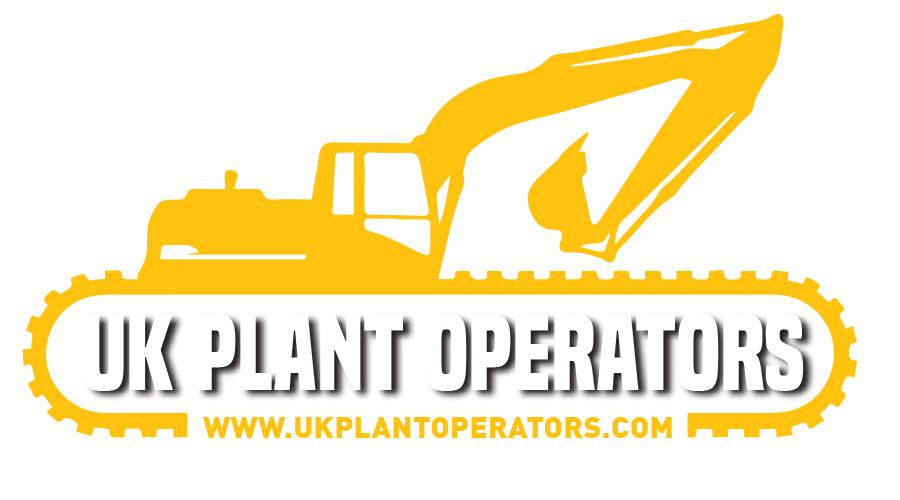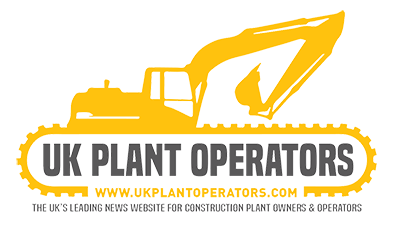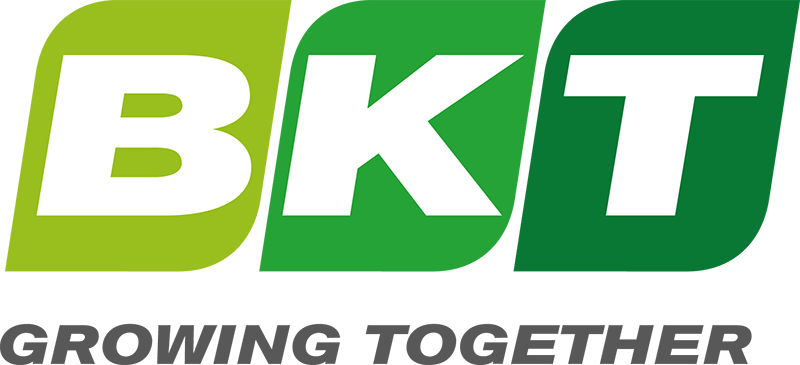![]()
Finning UK & Ireland has recently appointed Adam Smith to the role of Head of Used& Rental Equipment.
UK Plant Operator Magazine sat down with Adam to talk about his new role, and the impact of used equipment in the market. Adam has been in this latest position since the middle of 2022, although he did have an affiliation with used equipment, gained while working at Finning over the past six years in a variety of sales roles.
Before joining Finning, Adam clocked up 14 years’ experience in the construction equipment rental industry, gaining a real understanding of the issues that are important to customers.
We started off by asking what the Finning used offer and capability was?
“Crucially our used equipment offer provides a perfect complement to our traditional new equipment sales and rental model. It has been designed to help and support our customers’ needs, whether that’s through sourcing and providing the option to buy a used machine, or if they’re looking to sell their own equipment to us.”
What does this look like in reality?
Adam explained there are three ways the Finning used equipment team supports customers, dependent on their circumstances. For example, customers can trade-in existing machines when they’re looking to purchase a new one. This ensures they always have access to a machine – we enable them to keep their current machine until the new one arrives. Then as we deliver the new, we pick up the old”.
“If customers are not looking to purchase a new machine, we are still interested in buying their used machines from them. We can do this as a direct purchase, in one smooth, easy transaction, taking away the hassle of divesting the machine themselves.
The third option is interesting, Adam continues, “customers can consign a piece of equipment for us to sell on their behalf for an agreed fee, that way they still have the use of the machine, and the opportunity to accept or reject any offer we bring them. It’s worth noting that as the world’s largest Cat® dealer we have access to a global network that our customers can leverage to gain the best value for their equipment if they choose this option.
So, what should customers do if they are considering buying a piece of used equipment?
“Head over to finning.com/used equipment, which shows the used inventory we have available to sell.
Every machine is shown in full detail, with a variety of photographs and key information such as model, age, hours, asking price, specification etc”.
What if customers can’t find what they are looking for?
“We can proactively source equipment to satisfy a customer’s requirements, we regularly speak to customers we know who run all types of equipment. On a daily basis we are dealing with our growing network of regional dealers who are selling a range of Cat compact equipment, and through our extensive network of contacts with dealers in other countries, so we can review their stock to see what inventory is available.”
I wondered, (indeed presumed) if this proposition only applied to Caterpillar equipment.
“No, not at all, we deal in all types of equipment, particularly when we look at trade-ins. If the customer is considering a Cat machine, they may have another manufacturer’s machine to trade in, so we are keen to provide solutions that help our customers for this eventuality. We will always take non-Cat equipment as a direct trade in, purchase or consignment. Our aim is simple; we want to give the best solution for our customers… so we are completely brand agnostic when it comes to buying and selling used equipment”.
Divesting of plant and equipment via auctions has always seemed a logical channel for disposal; how is divesting via Finning different?
“If you are consigning equipment to sell at auction, it is very much dependent on what the hammer price for the day is on that machine. In addition, you will pay a % fee to the auction house, based on that hammer price.
There are a lot of unknowns in this scenario. It’s difficult to know what you are going to realise from the sale until it is complete. Typically plant auctions are unreserved, so the machine could go for a lot less than was expected – it could be anything. This is OK if people need to release capital tied up in their machine quickly, but there is a significant risk involved with this approach.
We’ve designed our process to be fully transparent for our customers. Finning will, after inspecting a machine, provide a valuation which we will stand by – this will be a number that we commit to ‘pay and take it away’ today. As such access to the capital in the machine is realised quickly. If customers wish to keep the machine for an additional period of time before selling, we will project what the hours will be for that future period and adjust our price accordingly, so customers get to know all the details before they accept or reject an offer. This gives the customer total control of what they are realising.
So, what is the ambition from Finning around this part of their business?
“We believe we offer customers one of the best options on the market today, taking away the hassle and complexity of used equipment sales by offering competitive prices and an easy transaction all backed up by the security of knowing you are dealing with one of the largest equipment sellers in the world.
Used equipment offers a sensible, cost effective, sustainable solution, I believe the used equipment market will be made more competitive and far easier to engage with by the choices we offer and the service we provide”.
Where do you see opportunities to further improve the customer experience?
“When customers are buying used equipment, they want peace of mind around what they are buying, they don’t want it to be just a transaction. Customers want it to be part of a relationship they have with the dealer.
Since Finning was founded in 1933, we’ve pledged to ‘service what we sell’ so having that capability, not just in the new equipment world, but in used equipment world, is a great position to be in. Having a national network of branches across the UK and Ireland, able to respond wherever our customers are working, whether it be for planned service and maintenance, or reactive repairs is quite a differentiator. Additionally, Finning customers have the option to take out a Customer Value Agreement to meet their needs, as well as an extended warranty on the used machine they’ve purchased.
It was interesting to listen to Adam who went on to speak about sustainability in the truest sense of the word, yet from a slightly different perspective.
“Sustainability is front and centre for so many of our customers. Used equipment is a good demonstration of how a machine, that has reached the end of its operational life for its first owner, still has a lot of life left, for other owners to come. Choosing to buy a used machine supports a commitment by our customers to act in a more sustainable way, and overcomes some of the challenges that all OEMs are experiencing today with lead times on new machines. Used machines, in contrast are available and operational, and ready to be refurbished and reused.”
How does used equipment perform in a good market v a softer market?
“If we look where we are today, inflation is high and supply chains are stretched, both of which have a massive impact on the cost and availability of new equipment from all OEMs. These factors make customers really think ‘is new equipment the right answer for me’. At Finning we look to sell the right solution to a customer, whether that is new, used or rental machinery.
With the economy uncertain, customers are looking to hedge their bets, do they want to make a £200,000 investment in a new machine, when they could make a £150,000 investment in a good used machine. These decisions are critical as they reduce exposure and risk if we enter a downturn.
So, given what has been said are we entering a new era for used equipment?
“Price pressure and supply constraints are because of the global conditions we all know only too well. This creates a good market for used equipment. When the market does settle, used equipment will continue to do well, driven by the sustainability and cost effectiveness of the offer. The last 24 months have been good and there is no reason that any softening will impact the growth of used equipment. I believe it will play an even bigger part in the construction sector than it has done previously”.
We would like to thank Adam for his time and insight into a sometimes-forgotten part of the dealer proposition.






















